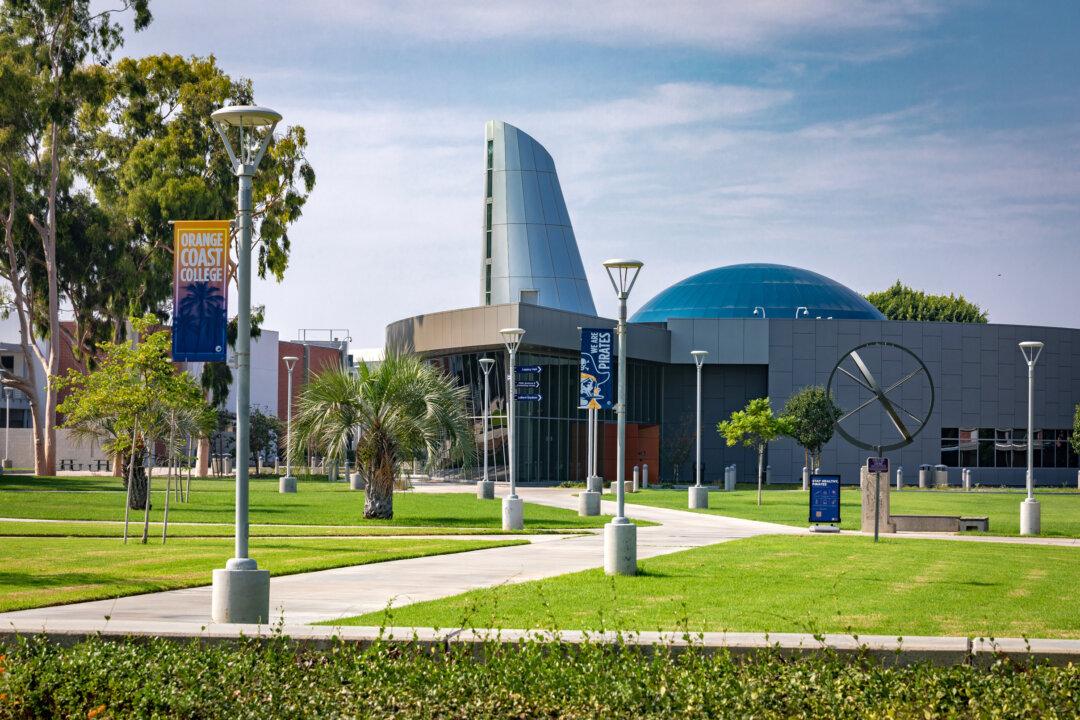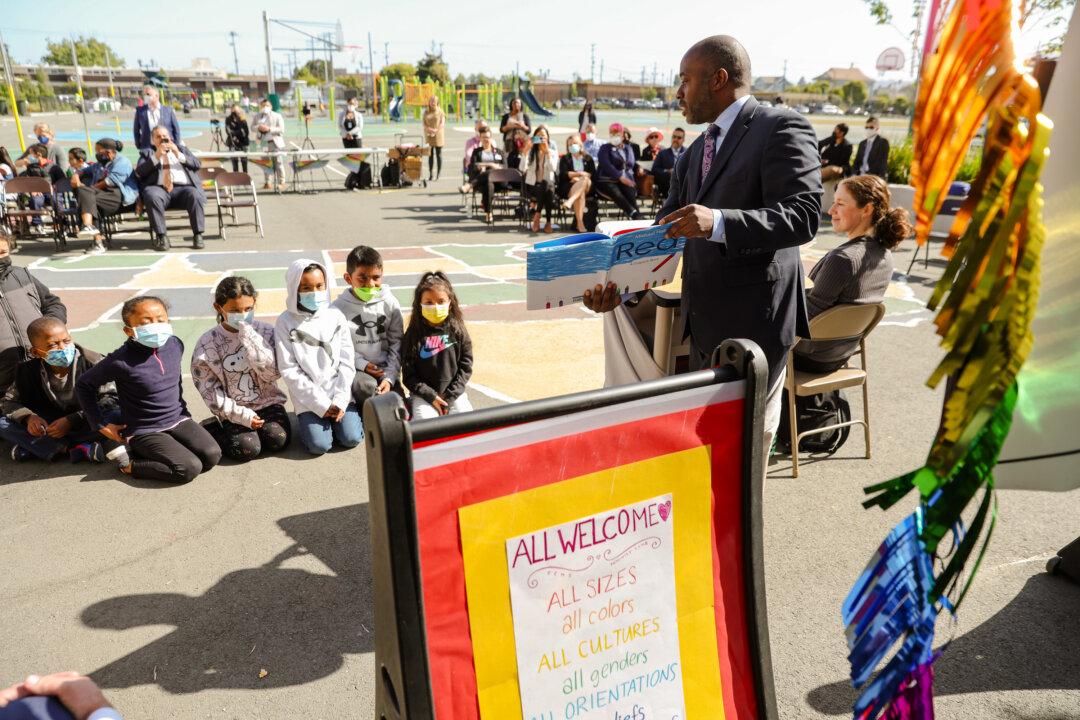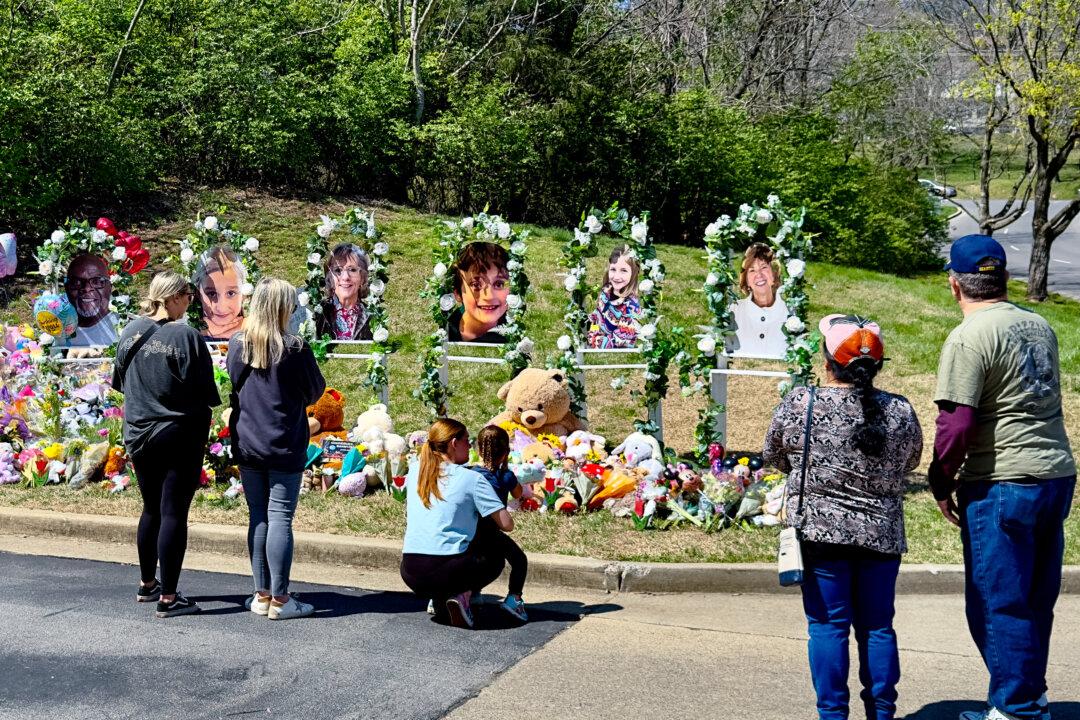County health officials warned people on Aug. 8 to avoid the waters of Mother’s Beach in Marina Del Rey and the in Santa Monica Pier due to high levels of bacteria.
On July 28, the warning was first issued to several beaches in the area, including beaches in Santa Monica, Will Rogers State Beach and Catalina Island. Warnings were lifted for all beaches except Mother’s Beach and the Santa Monica Pier.





